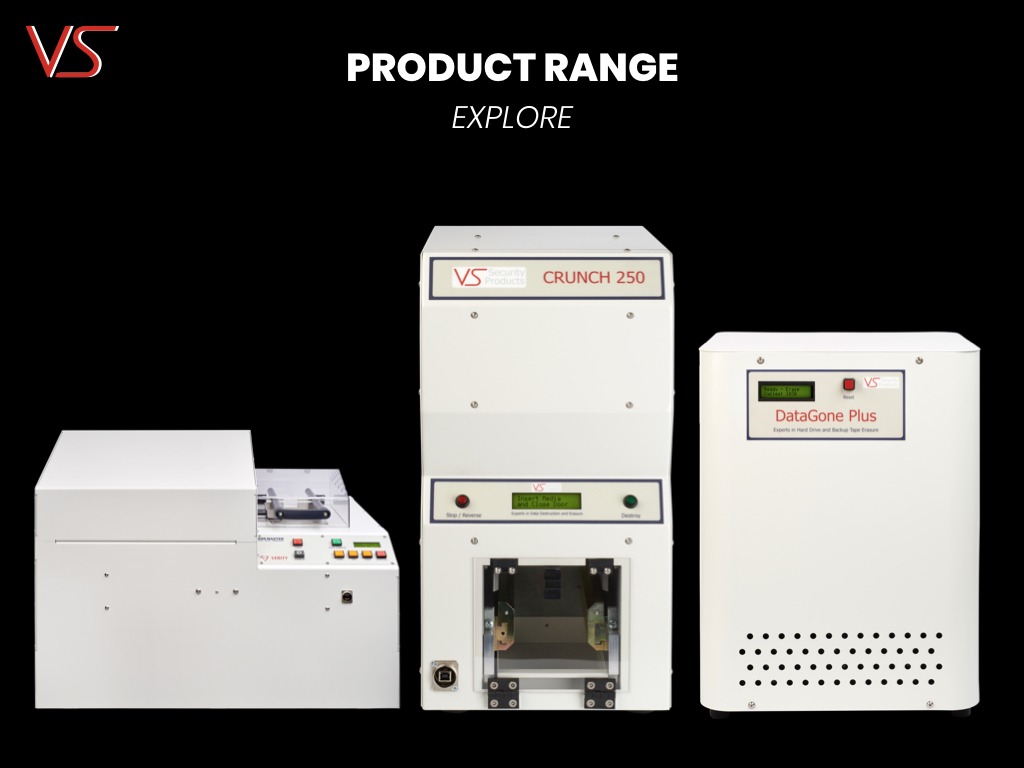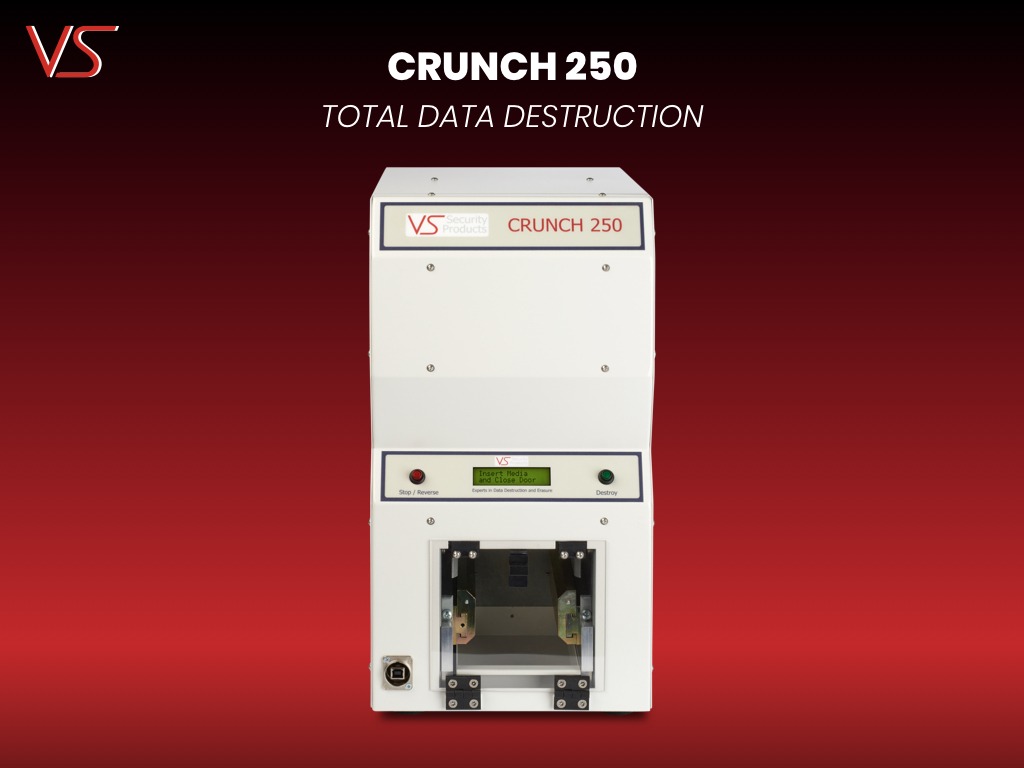Degaussing a hard drive vs using software tools
An essential step in safely disposing of a computer and its stored data is degaussing the hard drive. Degaussing uses a strong magnetic field to totally wipe the magnetic data on the drive, in contrast to software erasure, which just removes the data on the drive.
Data is kept on a magnetic platter when it is stored on a hard drive. Tiny magnetic particles on the platter serve as the data’s encoding. To access the data, a read head in the disk reads these particles. The alignment of these particles is interfered with during degaussing, which effectively erases the data on the drive.
Degaussing has several advantages over software erasure, one of which is that it is a physical process. The physical magnetic particles have been disrupted, so even if someone tried to recover the data using software tools, they would not be successful. Degaussing is therefore a safer means of data destruction than software erasure.
Degaussing also has the benefit of being a quick process. A hard drive can be erased using a degausser in a matter of seconds. In contrast, depending on the size of the device and the volume of information saved on it, software erasure may take hours or even days to complete.
Degaussing a hard drive is a crucial step in the process of safely discarding or reusing a computer, so let’s sum it up. Since the magnetic data on the drive is physically erased, this type of data destruction is more secure than software erasure. Furthermore, it is a simple method that may erase a hard disk in a matter of seconds.
To learn more about our range of hard drive degaussers, see our latest products for more information.


